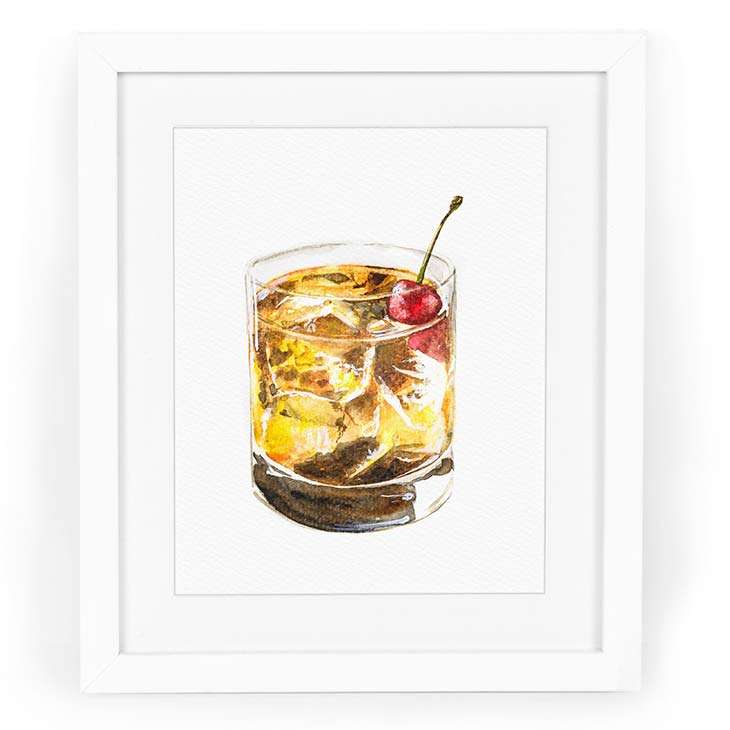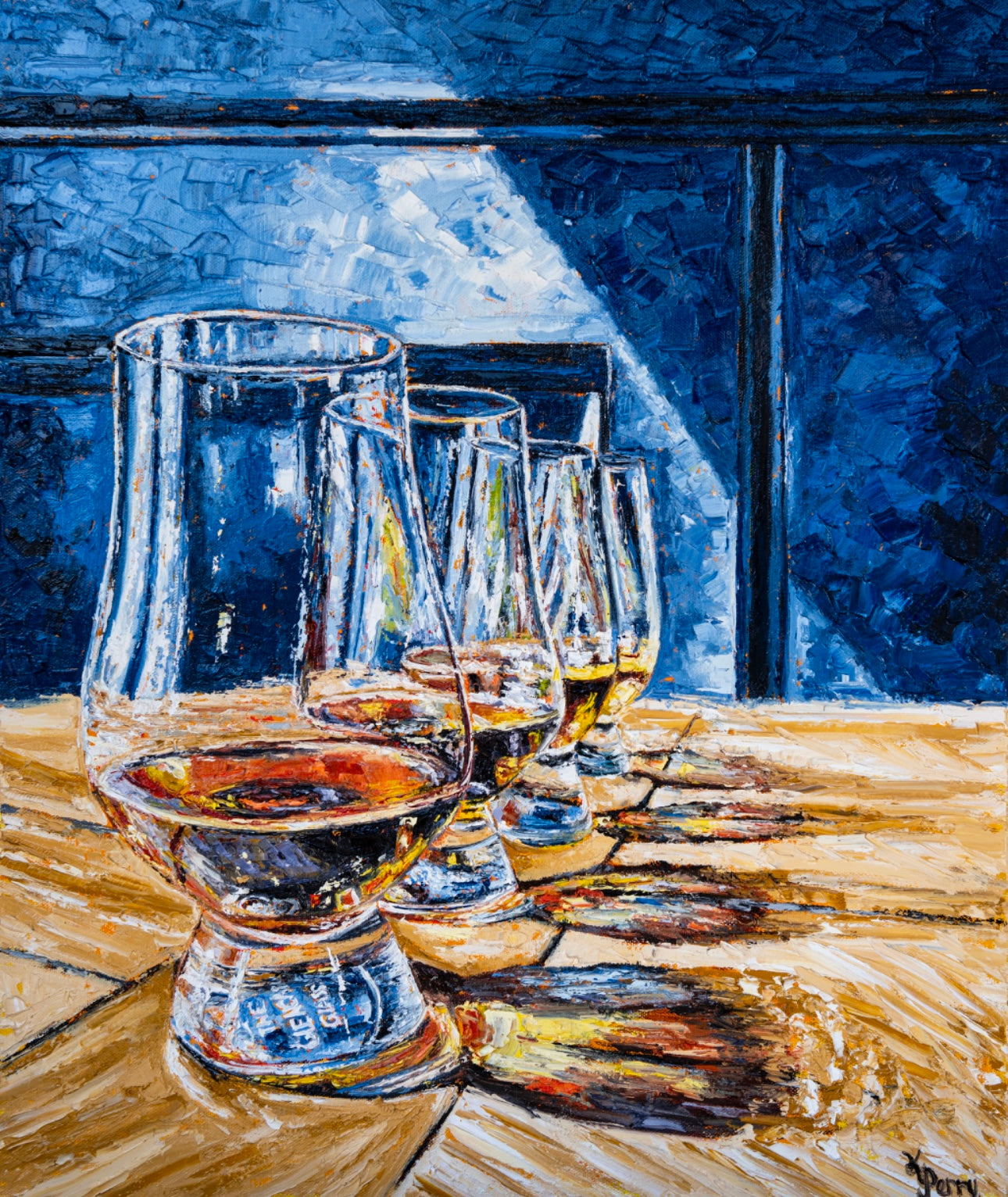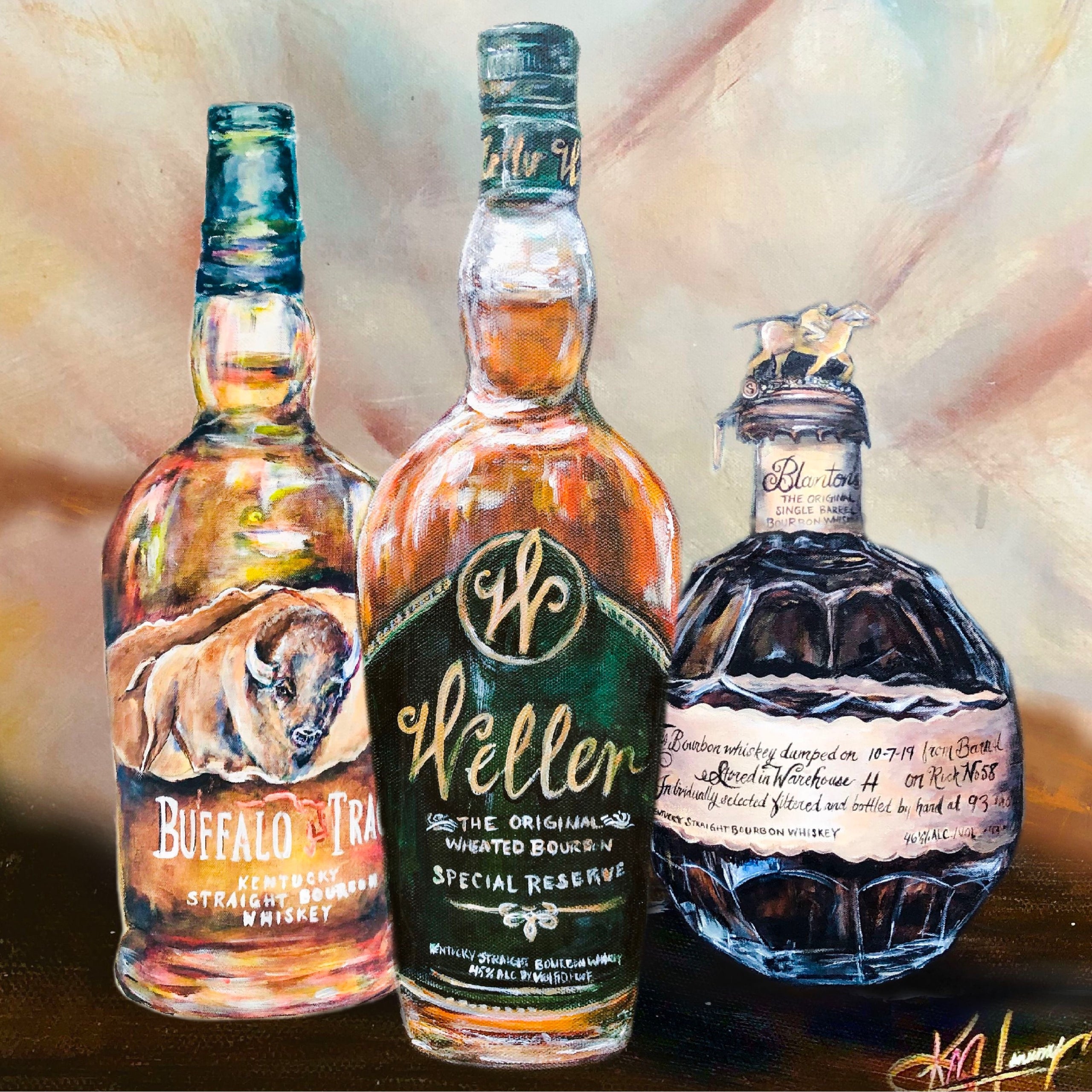The Importance of Whiskey Art in Celebrating Heritage and Workmanship in the Beverage Sector
The intricate partnership between scotch art and the celebration of heritage and workmanship within the drink industry can not be overstated. Through thoughtfully designed labels and containers, scotch brands envelop their historic origins and the artisanal abilities that define their production methods. This imaginative measurement not just boosts market allure but additionally works as an avenue for social storytelling, fostering a deeper link between the consumer and the craft. As we check out the numerous facets of this topic, interesting concerns about the effect of modern fads on traditional methods arise, prompting more evaluation.
The Historical Roots of Whiskey
At the heart of whiskey's allure exists a rich tapestry of historical roots that map back to ancient human beings. The origins of whiskey can be linked to the distillation practices of the Sumerians and Babylonians around 2000 BCE, where very early kinds of fermented grain drinks began to arise. It was in the Center Ages that the art of distillation progressed substantially, specifically in Ireland and Scotland, leading to the production of bourbon as we recognize it today.
The term "bourbon" itself originates from the Gaelic word "uisce beatha," indicating "water of life." This expression underscores the cultural relevance of whiskey in Celtic cultures, where it was usually related to rituals, events, and public bonding. By the 15th century, purification ended up being an acknowledged craft within reclusive communities, leading the way for the establishment of legal distilleries.
As profession courses broadened, bourbon's appeal expanded, going beyond local borders and catching the interest of aficionados worldwide. Bourbon Art. This historical trip reflects not just the workmanship behind bourbon production but additionally its indispensable function in social and cultural contexts, noting it as a significant drink throughout background
Artistic Expression in Branding
Scotch branding stands as an engaging intersection of virtuosity and business, where aesthetic identification plays a vital function fit customer understanding. The aesthetic appeals of whiskey labels, packaging, and marketing products mirror not just the brand name's story but additionally its core worths and heritage. Via imaginative expression, distilleries share a narrative that reverberates with customers, stimulating feelings and sparking links.
Making use of shade, typography, and imagery in branding serves to set apart items in a saturated market. Conventional themes might evoke a sense of authenticity and craftsmanship, while contemporary styles can indicate development and forward-thinking. This critical artistic instructions improves brand recognition and commitment, enabling consumers to build a personal partnership with the whiskey they pick.
Moreover, artistic expression in branding frequently serves as a party of local heritage. Distilleries often include neighborhood icons or historic recommendations into their designs, developing a local color that welcomes customers to partake in a broader social experience. Eventually, the virtuosity behind scotch branding not only boosts visual charm but also enriches the general narrative of the brand name, promoting a deeper gratitude for the workmanship and heritage ingrained in each container.
Workmanship in Bottle Style
The virtuosity evident in bourbon branding extends beyond aesthetic identification to include the workmanship involved in container style. Each bottle offers as a vessel not simply for the spirit within, however likewise for the tale it outlines its beginning, custom, and high quality. The layout procedure calls for careful focus to detail, as elements such as form, product, and closure add considerably to the general assumption of the whiskey.
Craftsmanship in bottle style entails choosing premium glass that can enhance the scotch's shade and quality, while likewise supplying a tactile experience for the customer. The silhouette of the bottle should be both visually enticing and functional, typically mirroring the heritage of the brand. Many distilleries decide for special shapes or embossed logos that evoke a feeling of credibility and history.
Furthermore, the label layout and typography play a vital duty in connecting the brand's narrative. Realism Art. A well-crafted bottle not only captivates the customer's eye but also strengthens the brand's commitment to quality and tradition. In this means, the workmanship of container layout becomes a crucial aspect of the whiskey experience, merging artistry with an extensive respect for heritage
Cultural Significance of Bourbon Art
Commemorating tradition and craftsmanship, the social importance of whiskey art goes beyond mere appearances, linking with the social and historical narratives of the areas where it stems. Each bottle works as a canvas, showing the unique stories, mythology, and practices that have actually formed regional whiskey-making practices. The intricate styles typically reflect the heritage of the distillers, integrating symbols and concepts that reverberate with the society and worths of their neighborhoods.

On top of that, bourbon art plays an essential role in communal celebrations and events, working as a concrete web link in between individuals and their shared experiences. By valuing the artistry in bourbon product packaging, consumers cultivate a much deeper understanding and respect for the craft, read the article inevitably enriching their enjoyment of the beverage itself.
Modern Trends in Whiskey Discussion
In recent years, the discussion of scotch has actually advanced to show modern tastes and fads while still honoring standard craftsmanship - Bourbon Art. Distilleries are increasingly concentrating on aesthetic elements that enhance the overall drinking experience, bridging the void in between heritage and modernity
Ingenious bottle layouts have actually arised, usually integrating sustainable materials and artistic labels that inform compelling stories. Numerous brand names now collaborate with regional artists, infusing their items with distinct visual expressions that resonate with customers. Additionally, limited-edition releases are typically packaged in collectible containers, including worth and appeal for connoisseurs.

Verdict
Finally, bourbon art functions as an important channel for revealing the heritage and workmanship inherent in the drink market. Through intricate branding, cutting-edge container layouts, and culturally considerable imaginative components, bourbon brands successfully recognize their customs and connect with customers. This artistic narrative not only elevates the admiration of bourbon however additionally reinforces neighborhood identity and pride among manufacturers. Inevitably, scotch art plays a vital duty in preserving and celebrating the rich social tapestry of whiskey-making.


Craftsmanship in bottle style entails choosing premium glass that can enhance the whiskey's shade and quality, while additionally offering a tactile experience for the consumer. In this means, the workmanship of bottle design comes to be an essential element of the whiskey experience, merging creativity with a profound respect for heritage.
In final thought, whiskey art offers as an important channel for expressing the heritage and workmanship fundamental in the drink industry.